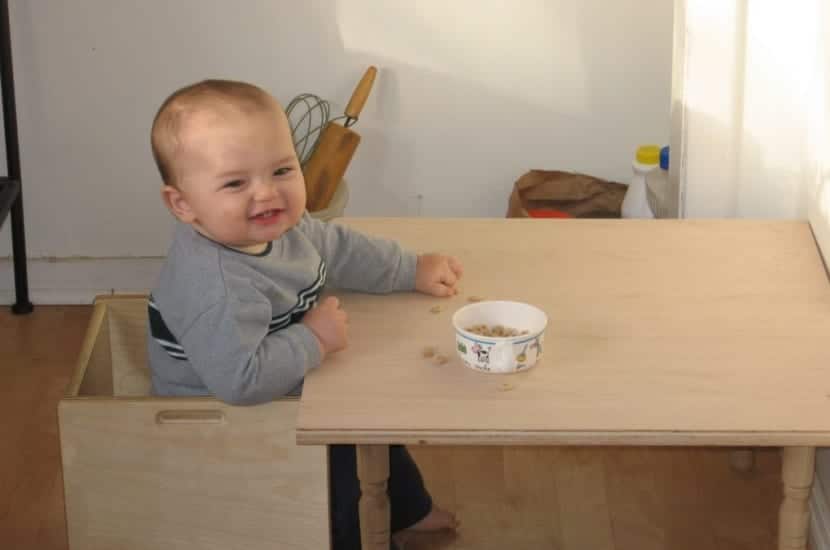
“La esencia de la Educación Montessori, es ayudar al niño en su desarrollo y ayudarlo a adaptarse a cualquier condición que el presente le requiere”
María MontessoriEducadora, pedagoga, científica, médica, psiquiatra, filósofa, antropóloga, bióloga, psicóloga, feminista y humanista italiana.
La metodología Montessori se sostiene
sobre los siguientes ejes:
La mente absorbente de los nños Los períodos sensibles La autonomía de los niños El ambiente preparado El papel del adulto/guía.
Vida práctica
“Cuando un niño se siente seguro de sí mismo, deja de buscar aprobación en cada paso que da”
María MontessoriEn esta área las experiencias prácticas de la vida cotidiana con las que el niño empezará a desarrollar su autonomía tanto física como psíquica, le ayudarán a desenvolverse de manera independiente a través de actividades de cuidado propio y del espacio.

Cultura
 “Tocar
al niño es el punto más delicado y vital, donde todo puede decidirse y
renovarse, donde todo está lleno de vida, donde se hallan encerrados los
secretos del alma. Por ahí se elabora la educación del hombre del
mañana”
“Tocar
al niño es el punto más delicado y vital, donde todo puede decidirse y
renovarse, donde todo está lleno de vida, donde se hallan encerrados los
secretos del alma. Por ahí se elabora la educación del hombre del
mañana”María MontessoriEs un espacio para el desarrollo artístico libre en el que disponen de diversas técnicas de expresión plástica. Reflejan éste enfoque en la estética y en una experiencia sensorial rica.
Vida sensorial
“El
niño que tiene libertad y oportunidad de usar su mano en una forma
lógica con consecuencias, usando elementos reales, desarrolla una fuerte
personalidad”
María MontessoriPartimos del conocimiento en el que el niño empieza a ordenar o a clasificar por medio de la exploración manual de materiales; dichos materiales son sencillos para que el niño pueda manipularlos fácilmente.

El lenguaje
“Los
aspectos motrices en relación con la inteligencia son el lenguaje y la
actividad de la mano, los cuales se ponen a su disposición para realizar
el trabajo”
 Respecto a la escritura se logra
mediante el uso de diversos materiales como: insertos de metal, letras
de madera, letras de lija, abecedario móvil.
Respecto a la escritura se logra
mediante el uso de diversos materiales como: insertos de metal, letras
de madera, letras de lija, abecedario móvil.
María MontessoriDisponen de materiales manipulativos que les ayudan a adquirir un nuevo vocabulario en base a las temáticas y al interés de los niños complementada con un área de lectura.
 Respecto a la escritura se logra
mediante el uso de diversos materiales como: insertos de metal, letras
de madera, letras de lija, abecedario móvil.
Respecto a la escritura se logra
mediante el uso de diversos materiales como: insertos de metal, letras
de madera, letras de lija, abecedario móvil.Matemáticas
“La mejor enseñanza es la que utiliza el menor número de palabras necesarias para la tarea”
El niño explora y compara las semejanzas y diferencias, examina las relaciones espaciales estableciendo pautas de relación con los materiales sensoriales.
Todos los materiales Montessori pasan de lo concreto y conocido a lo abstracto y desconocido, enfocando una dificultad. Los materiales de matemáticas son las manifestaciones físicas de conceptos abstractos.
María MontessoriEl pensamiento matemático se genera en muchas actividades aparentemente no relacionadas.
El niño explora y compara las semejanzas y diferencias, examina las relaciones espaciales estableciendo pautas de relación con los materiales sensoriales.
Todos los materiales Montessori pasan de lo concreto y conocido a lo abstracto y desconocido, enfocando una dificultad. Los materiales de matemáticas son las manifestaciones físicas de conceptos abstractos.

 La pedagogía Montessori es para muchas personas todo un referente en la crianza de los más pequeños.
Si bien es cierto que hay quien no termina de aceptar muchas de sus
ideas, como puede ser la autonomía y la libertad del niño a la hora de
aprender, no deja de ser un enfoque del cual, podemos aprender grandes
cosas.
La pedagogía Montessori es para muchas personas todo un referente en la crianza de los más pequeños.
Si bien es cierto que hay quien no termina de aceptar muchas de sus
ideas, como puede ser la autonomía y la libertad del niño a la hora de
aprender, no deja de ser un enfoque del cual, podemos aprender grandes
cosas.
 Puede que lo primero que hayas pensado al leer esto es… ¿Pero cuánto dinero me va a costar? No te asustes, adaptar la casa para enriquecer el crecimiento de los bebés requiere más imaginación que desembolso económico.
Puede que lo primero que hayas pensado al leer esto es… ¿Pero cuánto dinero me va a costar? No te asustes, adaptar la casa para enriquecer el crecimiento de los bebés requiere más imaginación que desembolso económico.































